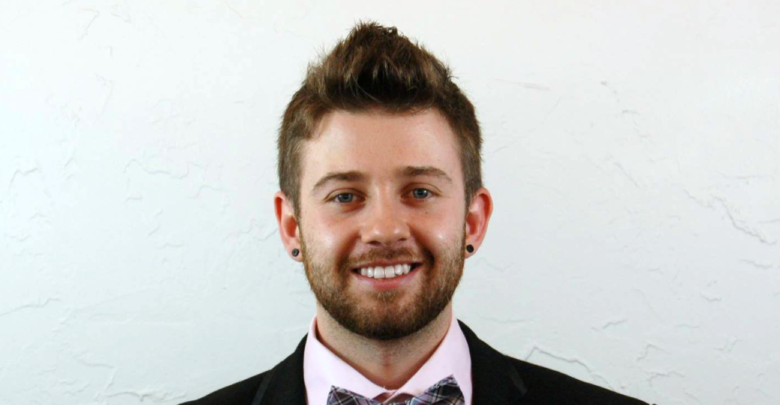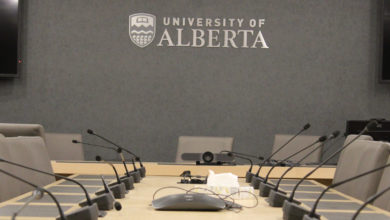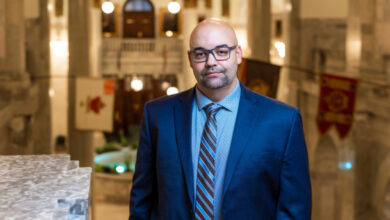 Supplied
SuppliedPeople affected by glioblastoma, a fast-growing brain tumour, have a short life expectancy according to PhD candidate Quinn Storozynsky.
Storozynsky, from the University of Alberta’s department of oncology, has found that multimodal therapy can improve the destruction of cancer cells by combining radiotherapy with a specific oncolytic virus to treat glioblastoma.
“Glioblastoma is among the deadliest of cancers. It’s a very invasive, aggressive brain cancer. Patients will receive surgery, radiotherapy with chemotherapy at the same time, and after all of that, several cycles of more chemotherapy,” Storozynsky said.
“Despite that aggressive regimen, median survival is about 15 months. About 95 per cent of patients will be deceased within five years. So there is a huge, urgent need for therapeutic approaches to get better outcomes for this disease.”
Multimodal therapy testing on mice made them immune to glioblastoma, Storozynsky says
Oncolytic viral therapy uses a tumour-selective virus that infects cancer cells as a way of treatment. Storozonsky is exploring methods of oncolytic viral therapy with Mary Hitt, and they have engineered the virus to replicate better in cancer cells.
“[The virus will] replicate in those cancer cells, making thousands more copies of itself to the point where it literally causes the cell to explode. When that happens, these newly produced virions will spread to adjacent cancer cells in the tumour, and the process repeats until the virus is cleared away.”
Additionally, the virus indirectly makes the host’s immune system aware of the tumour, Storozynsky said. He added that this is important, because cancer cells are “very good at disguising themselves from the the host’s immune system.”
The multimodal therapy approach was tested on mice with present glioblastoma cell lines. There were four mice cohorts — the first was a mock treatment with simulated injections. The second cohort was treated with just the virus, and the third only received radiation. The fourth cohort received both the virus and radiation.
The virus alone cleared around 15 per cent of tumours, while radiation alone cleared about 20 per cent. However, Storozynsky said that the combined treatment produced the best results.
“Sixty-seven percent [were] cleared of their tumour from the combination treatment. So this was a really remarkable finding.”
Storozynsky added that after curing the mice, the researchers challenged them with fresh glioblastoma cells. Then, 38 per cent rejected the cancer, and 25 per cent were able to resist it.
“The tumours did grow, but they were much slower. So not only were these mice cured by the combination, they were literally immune to the cancer now.”
Storozynsky says multimodal therapy is still “a very novel therapy”
The three pillars of cancer treatment, according to Storozynsky, are surgery, chemotherapy, and radiotherapy. His study contributes to an emerging “fourth strategy of harnessing the immune system to attack cancer.”
“Our research is a future direction thing. We showed that we have this great effect and that we can activate the end immune response using this therapy,” he said. He added that combining multimodal therapy with other immune therapies that treat cancer could be a future step.
Multimodal therapy is still “a very novel therapy,” Storozynsky said. “There’s a lot more unanswered questions that need to be answered and a lot more clinical studies that need to be done.”




